For many in the UK, the 1970s was a time of transformation, both socially and technologically, and it featured many trends that only those who lived through it can truly understand. If you grew up during this era, here are a few memories that are sure to strike a chord.
Limited Television Choices with Just Three Channels

Back in the 1970s, evening entertainment meant you had to choose between BBC One, BBC Two, and ITV. Channel hopping was hardly a pastime since options were minimal, and even when more channels became available, they were too hyperfocused on showing local content.
Dialling on Rotary Telephones
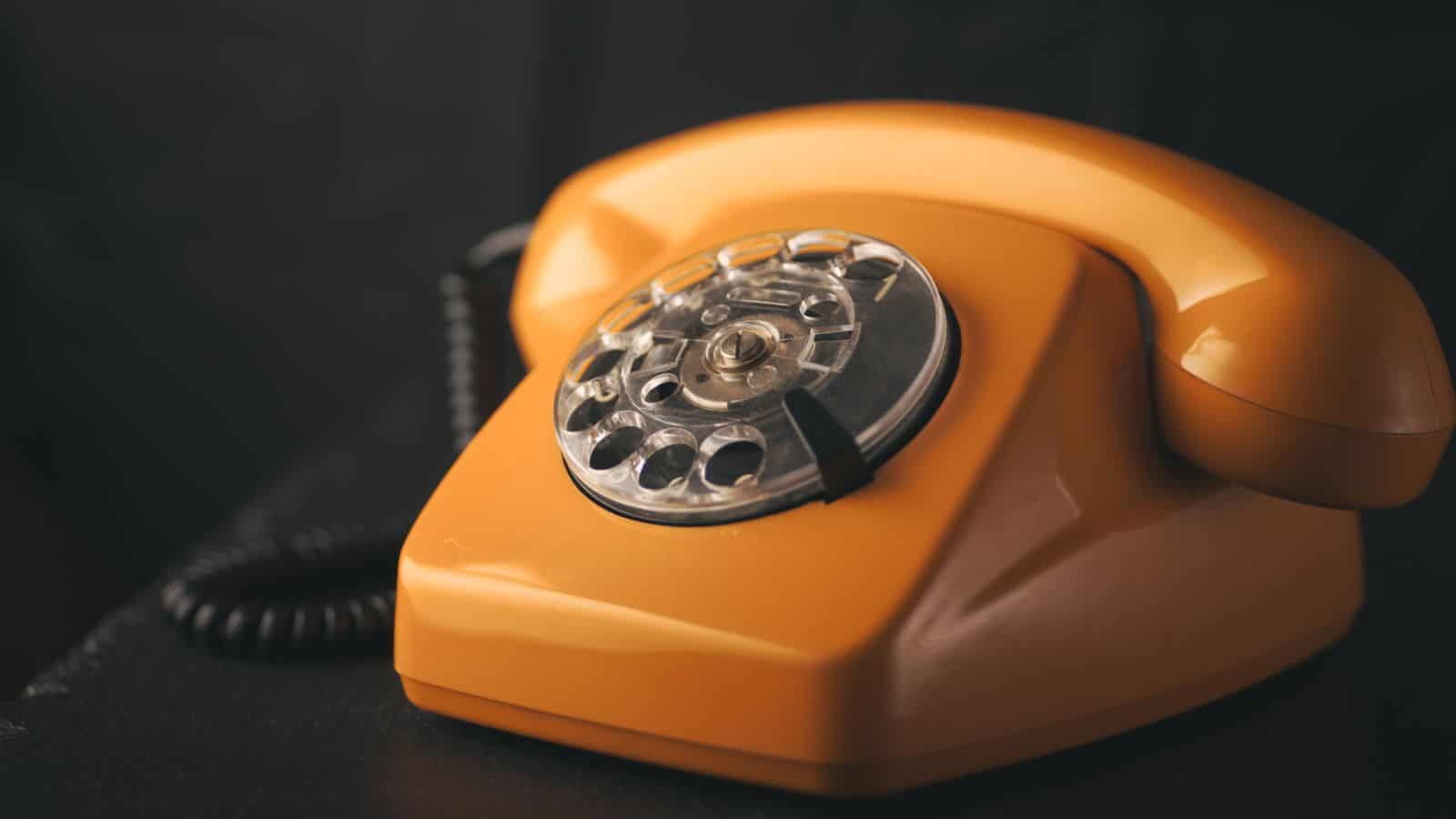
Before touchscreens and speed dials, you would’ve had to spin a rotary dial for each digit to make a call. You waited for the dial to return before entering the next number, which required patience. The clunky sound of the dial returning is one nostalgic memory many can hardly forget.
Embracing Flared Trousers and Platform Shoes
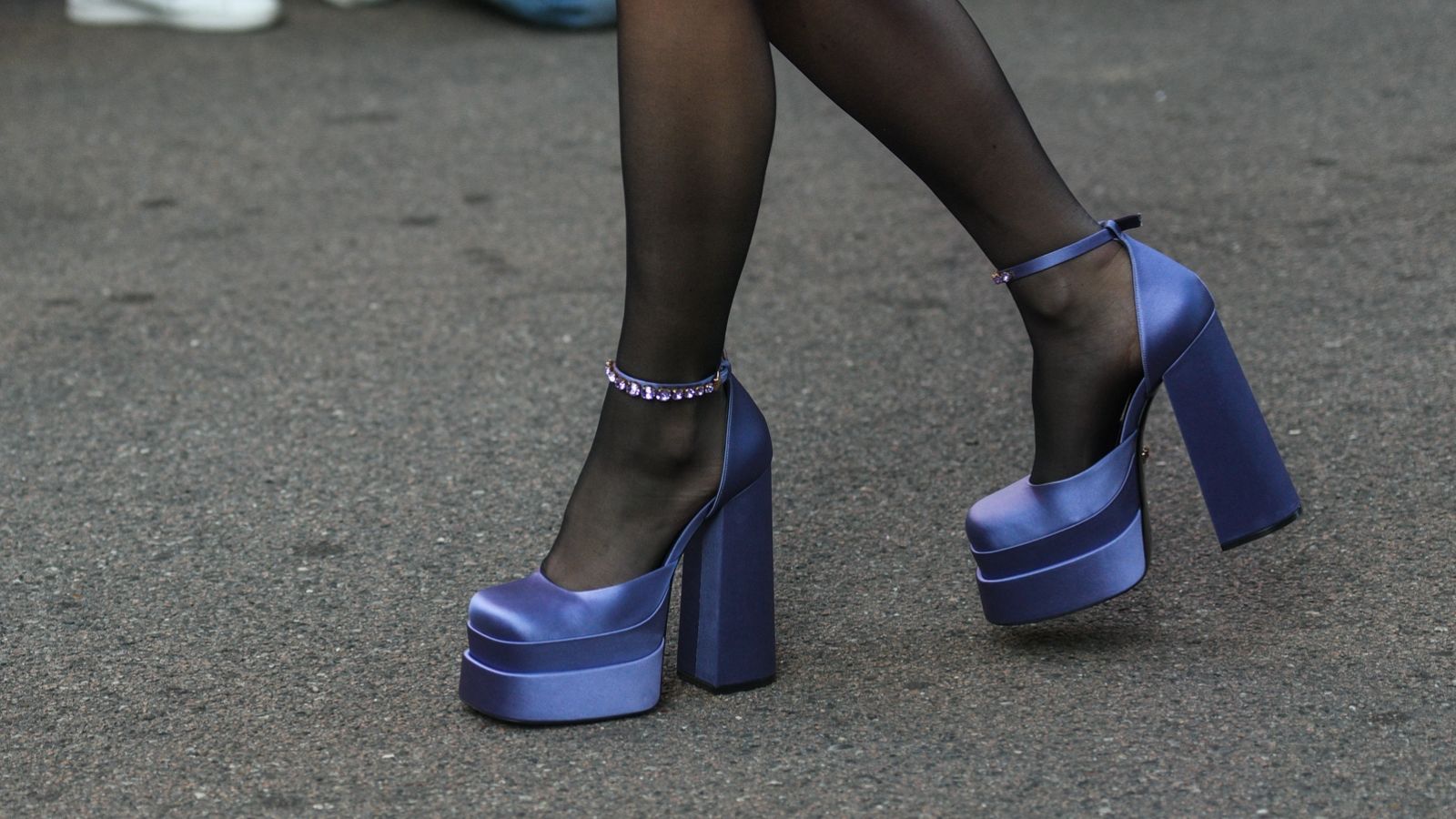
Fashion in the ’70s was all about making bold statements, with flared trousers swishing with every step and platform shoes adding extra height to everyone. These fashion choices weren’t just trends but symbols of the vibrant culture and self-expression that defined the decade.
Enjoying Music on Vinyl and Cassettes
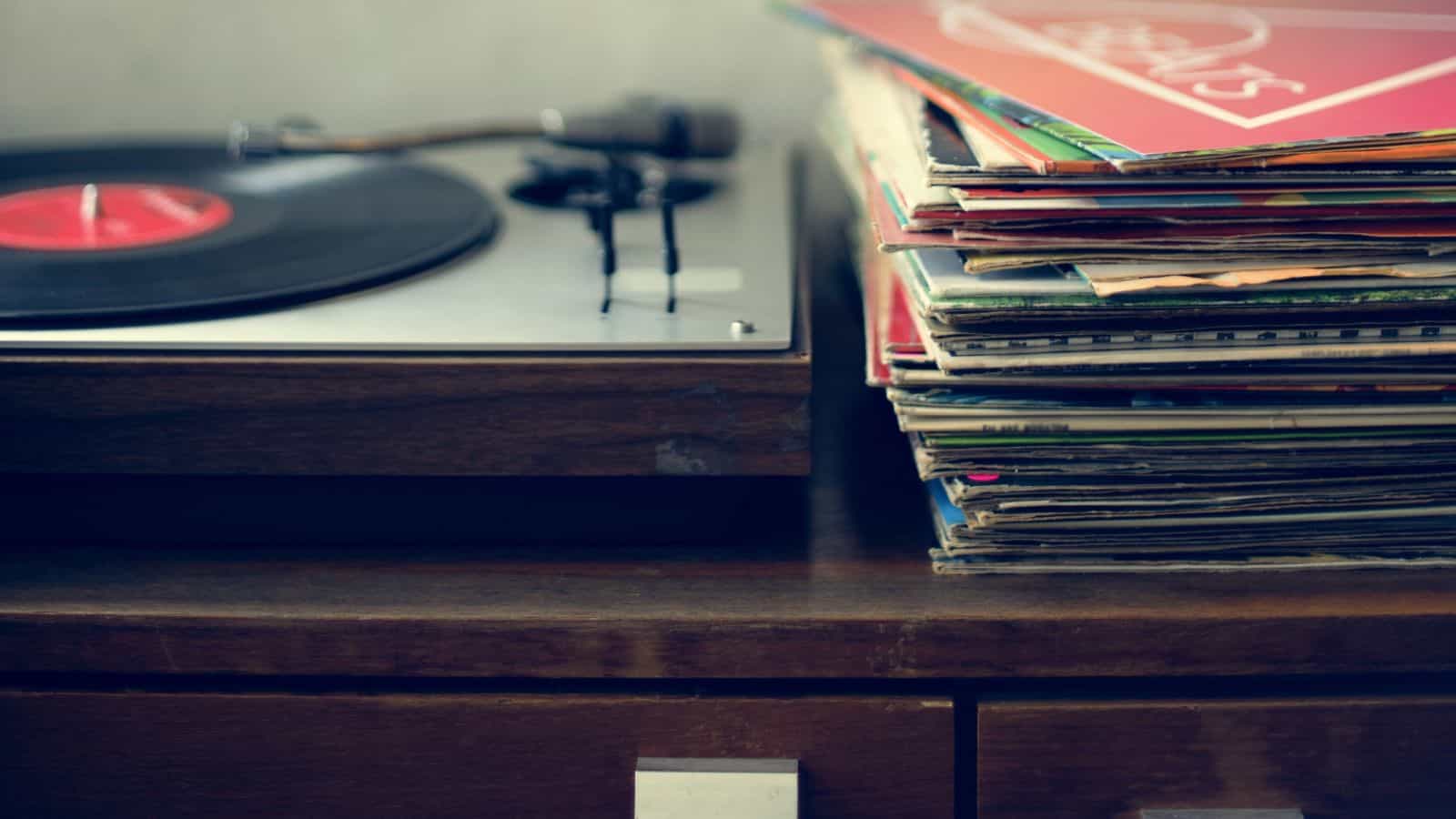
Music lovers treasured their vinyl collections, making sure they weren’t damaged by carefully placing the needles on them to hear their favourite tunes. And while this was mostly done at home, everyone also had the option to use cassette tapes, which allowed them to listen to music anywhere and also share mixtapes with friends.
Unsupervised Outdoor Play Until Dusk

Children in the ’70s also often spent entire days exploring outdoors, returning home only when the streetlights came on. What’s more surprising is that parents didn’t worry too much, as they trusted the community to be safe. It’s a level of freedom that fostered a sense of adventure among the youth of the time.
Experiencing the Punk Rock Explosion
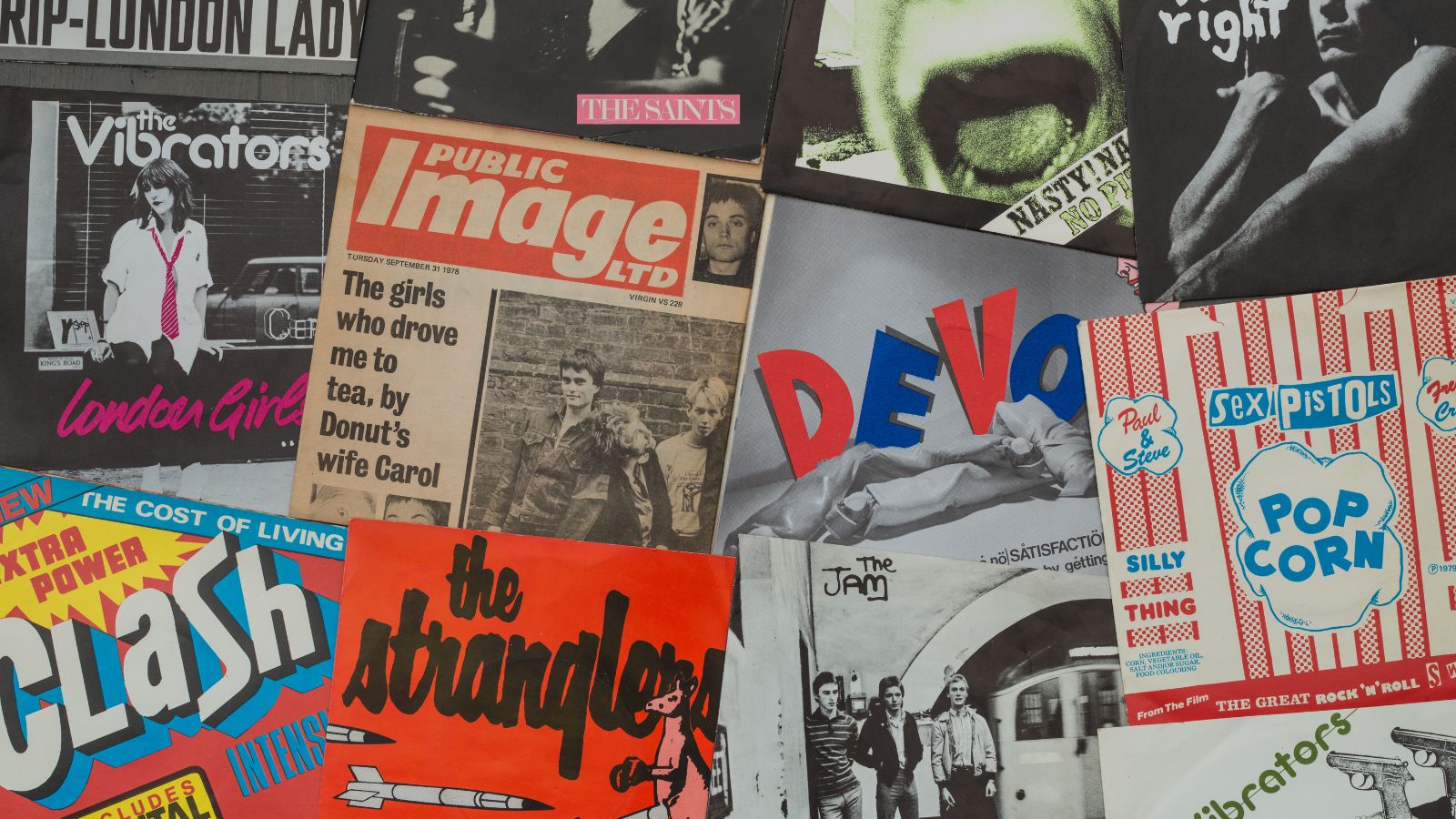
Punk rock burst out, challenging the conventional music scene through raw, high-energy performances and rebellious lyrics. Bands like the Sex Pistols and The Clash became the voice of a disenchanted youth, and attending gigs was more than entertainment—it was a form of protest and identity.
Living Through the Energy Crisis and Petrol Rationing
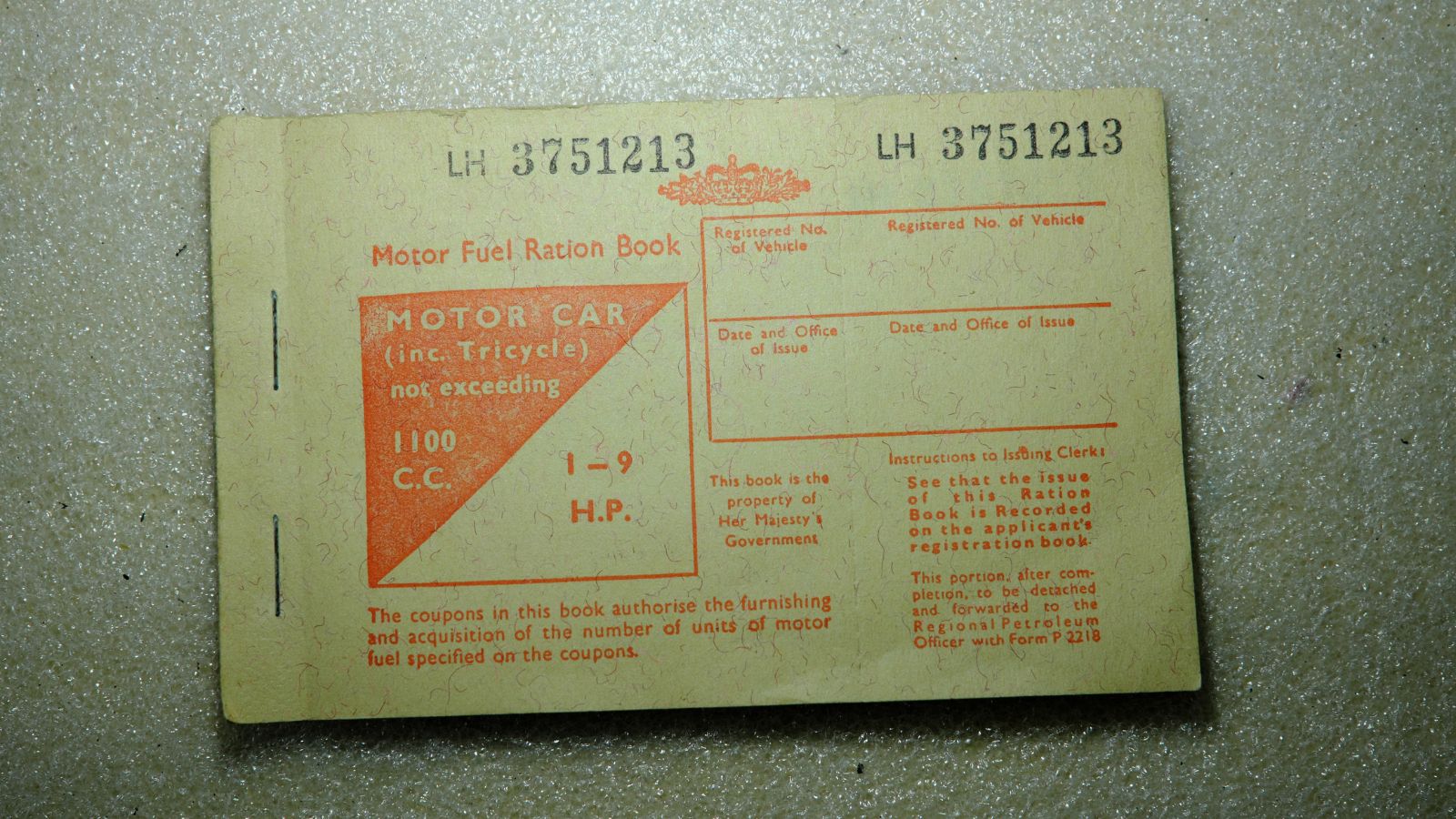
The oil embargo led to fuel shortages, and petrol rationing became a reality for many during this period. It was as daunting as it sounds, as long queues at filling stations were common and families had to plan journeys carefully. Some even had car-free Sundays enforced to save fuel.
Tuning into “Top of the Pops” Weekly

“Top of the Pops” was a must-watch program that showcased the latest hits and dance moves from around the country. People in this period gathered around the television to see their favourite artists perform, and this was a shared family event that influenced music tastes and sparked conversations at schools the next day.
Trading Panini Football Stickers
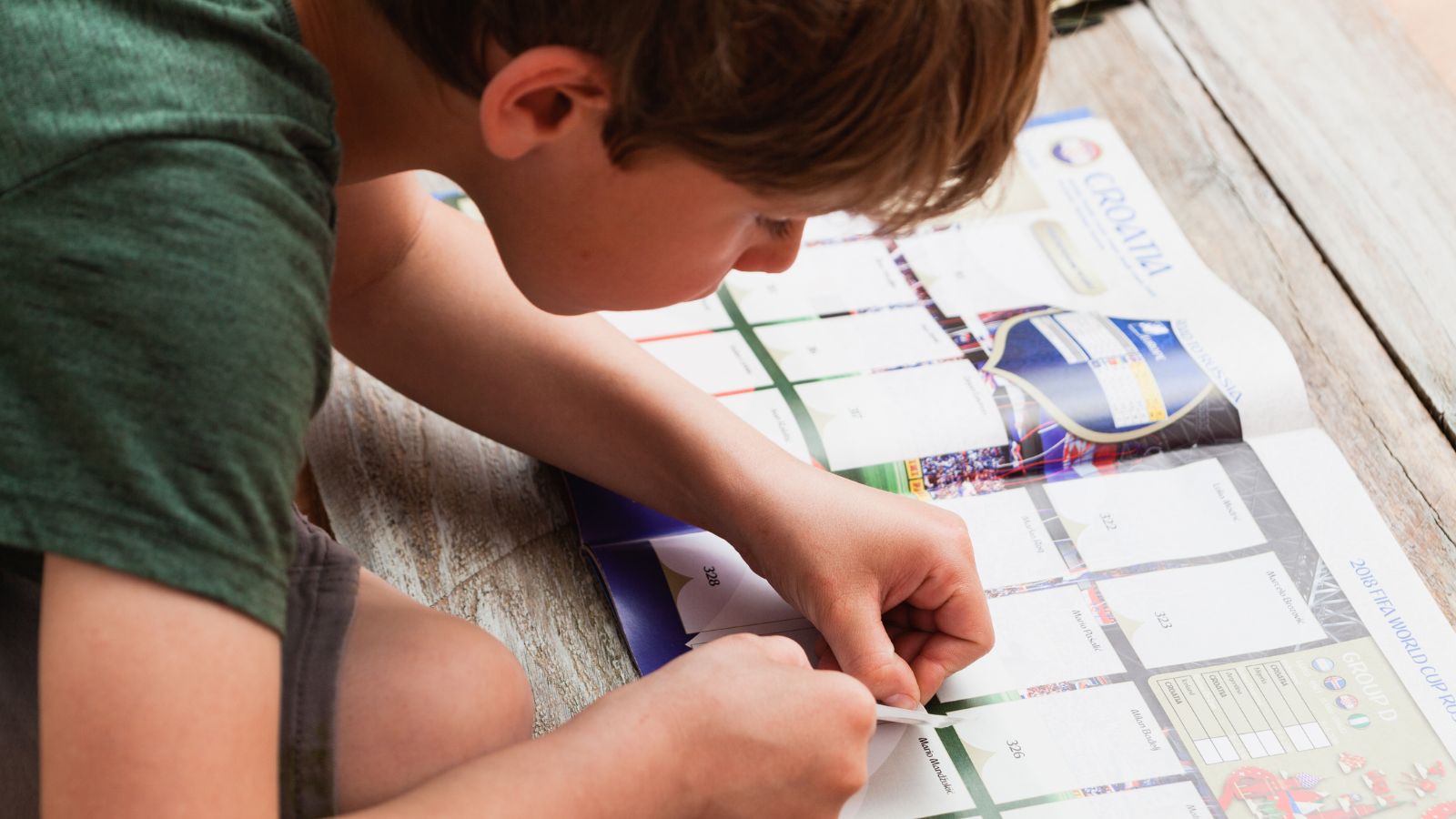
Completing a Panini football sticker album was a mission for many youngsters as well. Young Brit kids swapped duplicate stickers in the playground, and while this helped build negotiation skills, everyone only cared about finally finding that rare, elusive missing sticker.
Enjoying Saturday Morning Cartoons
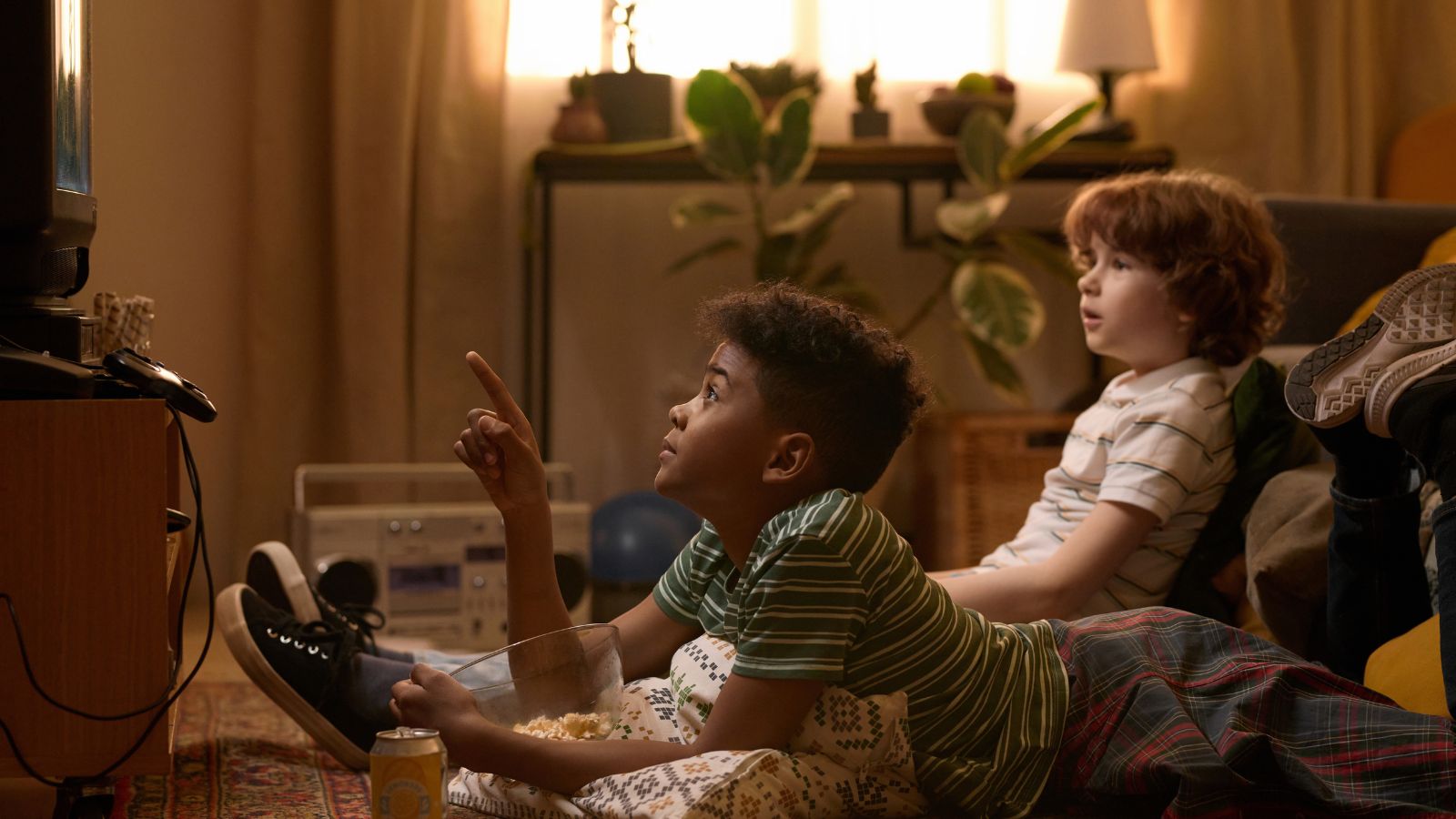
Saturday mornings were reserved for cartoons like “Scooby-Doo” and “Captain Caveman,” with children eagerly waking up as early as they could to catch their favourite shows. It was a weekly tradition that provided entertainment and sparked the imaginations of the many creatives we have today.
Cruising on Chopper Bikes
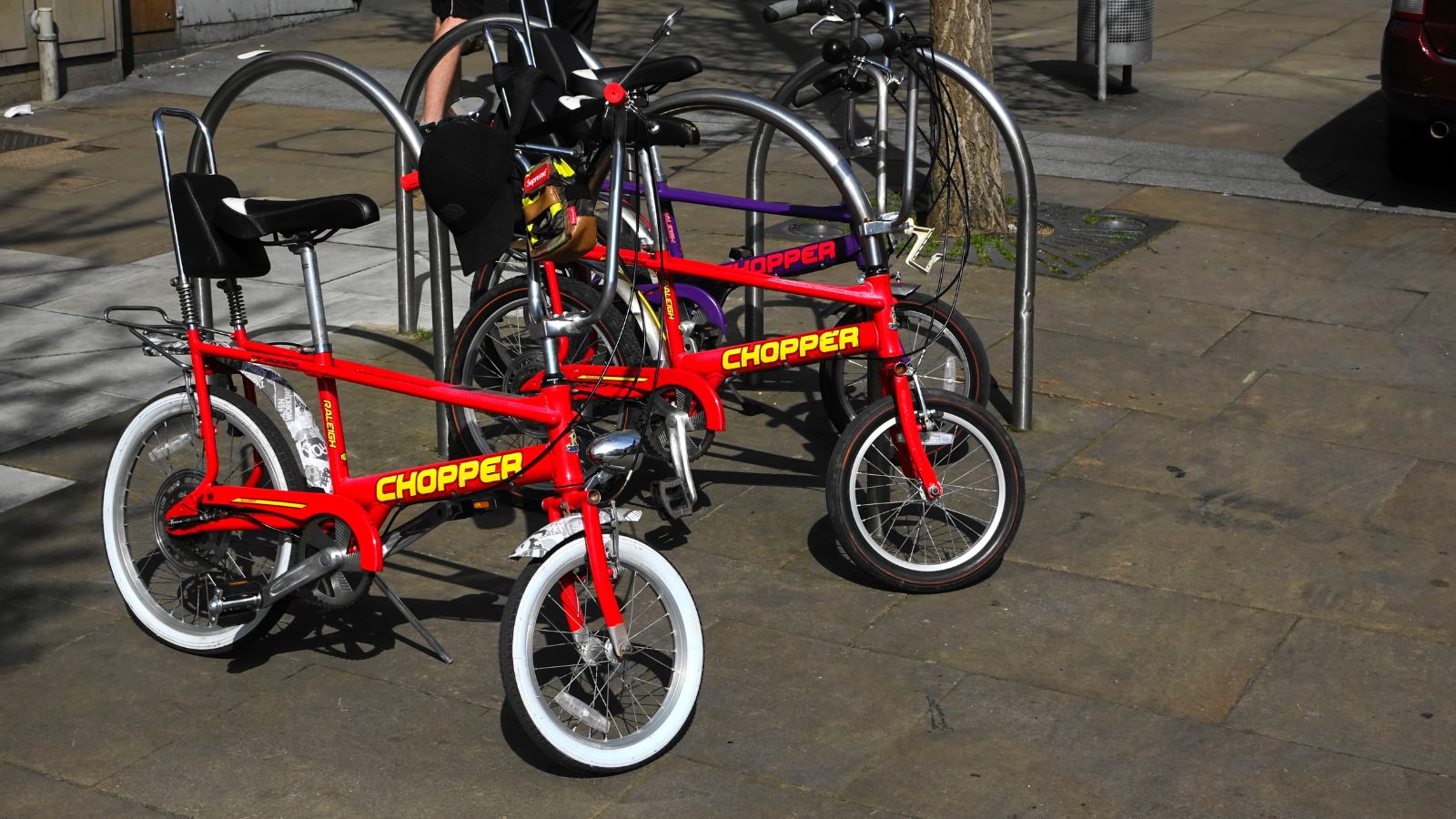
The Raleigh Chopper was the bike to have in the 1970s, and you’ll probably remember it through its distinctive seat design and high handlebars. Riding around the neighbourhood on a Chopper was a status symbol, and friends even formed biking groups with it to explore local areas together.
Communicating Through Handwritten Letters

Before emails and instant messaging, to stay in touch, you had to put pen to paper, and this required thought and effort. Correspondences were more personal, and the fact you had to wait for a reply to a letter you sent made receiving mail more exciting than it is today.
Witnessing the Transition to Colour Television
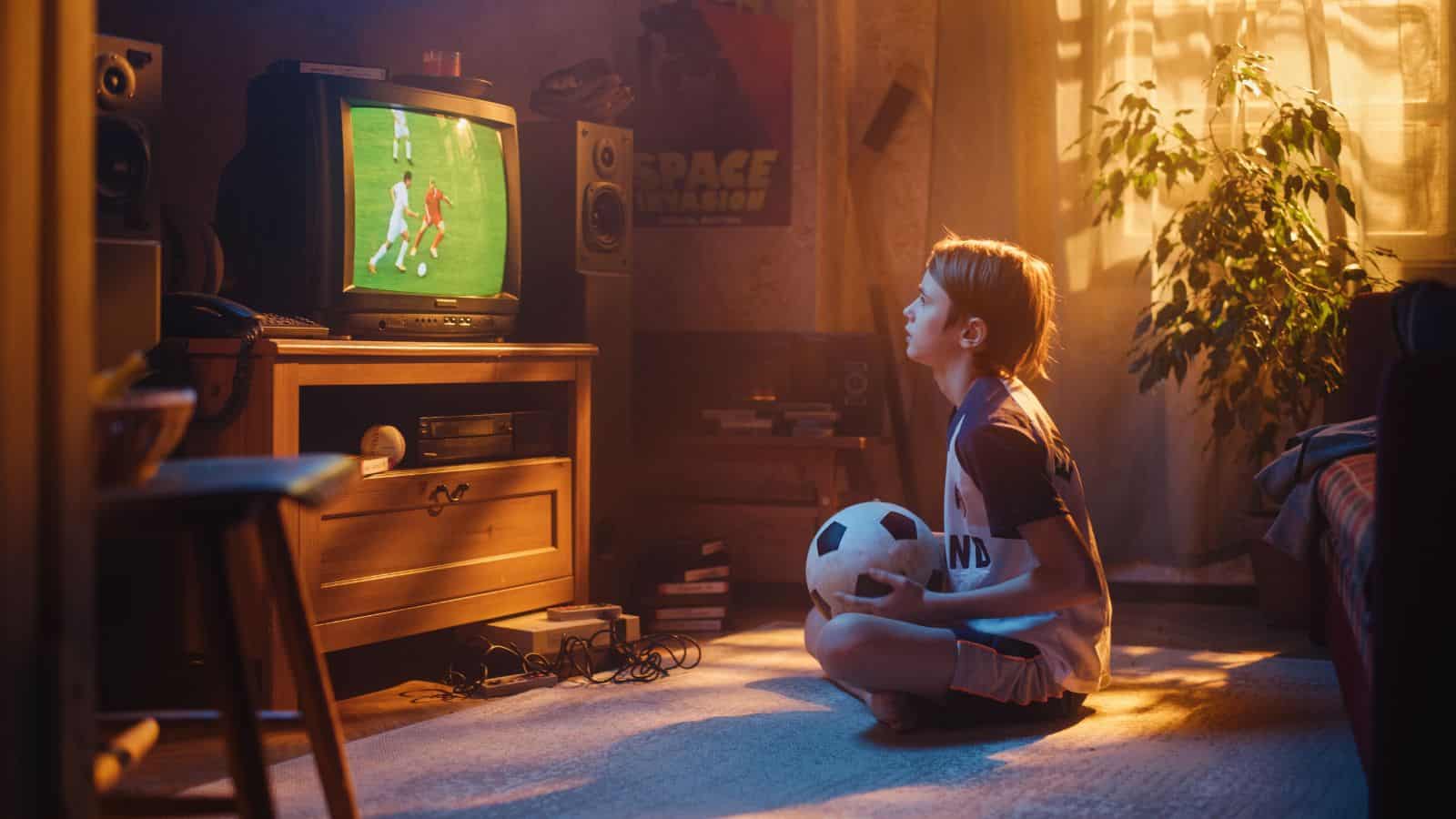
It was during this period we also saw the widespread switch from black-and-white to colour TV, and you may remember this being a significant milestone for many. Programmes became more vibrant, and with a more enhanced viewing experience, families who upgraded their sets often hosted neighbours to showcase the new technology.
Dancing to the Disco Craze

Disco music took dance floors by storm during this era too, and we had artists like the Bee Gees lead the way. Nightclubs played hits that kept people dancing all night, with the flashy outfits and energetic beats ensuring disco remained an unforgettable part of the ’70s culture.
Adopting Microwave Ovens in Kitchens

It was during the ‘70s that commercial microwave ovens also started appearing in homes, and you may recall how it revolutionised cooking for many. Preparing meals became quicker, reheating leftovers was more convenient, and this new appliance became a symbol of early modernisation in domestic life.
Experiencing “Star Wars” on the Big Screen
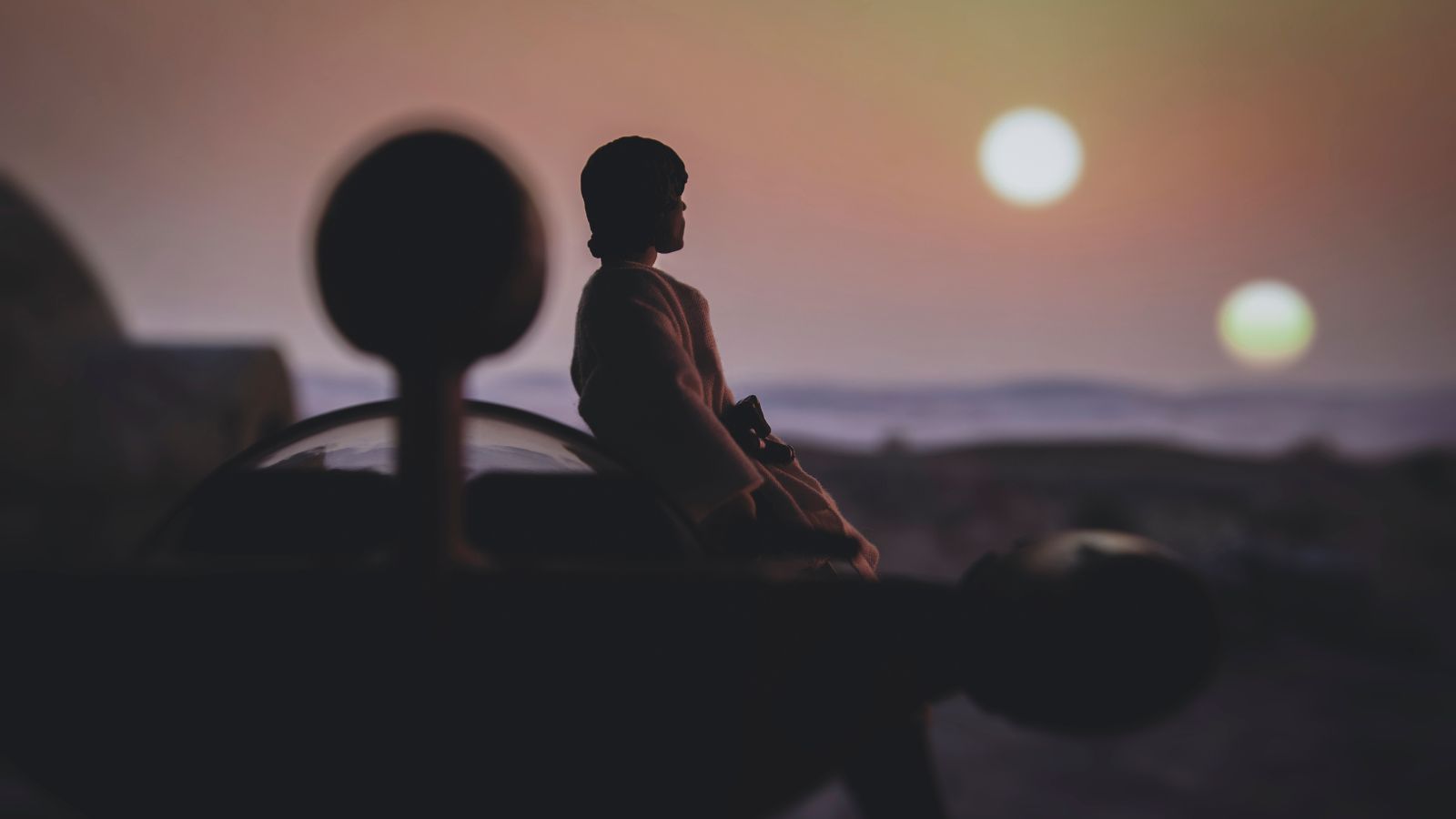
When “Star Wars” hit cinemas in 1977, it captivated audiences with its groundbreaking effects and epic storytelling. Queues stretched around blocks as people eagerly awaited tickets, and the film sparked a franchise that continues to be beloved today.
Being Inspired by David Bowie’s Fashion
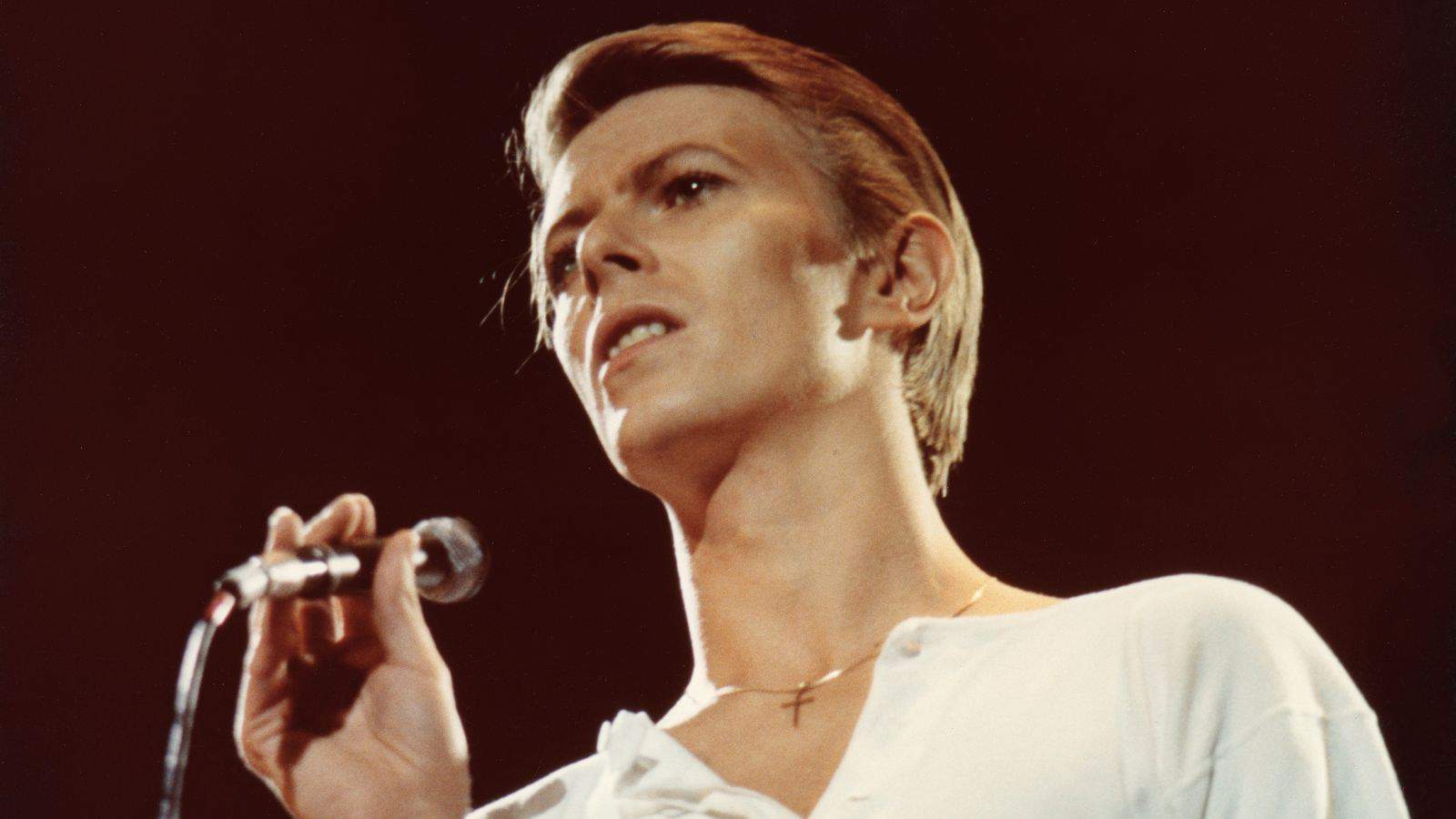
David Bowie wasn’t just a musician; he was a style icon whose looks challenged norms. His androgynous fashion inspired many to express themselves more freely, and during the ‘70s, fans adopted his bold styles to make their streets more gender-colourful and diverse.

